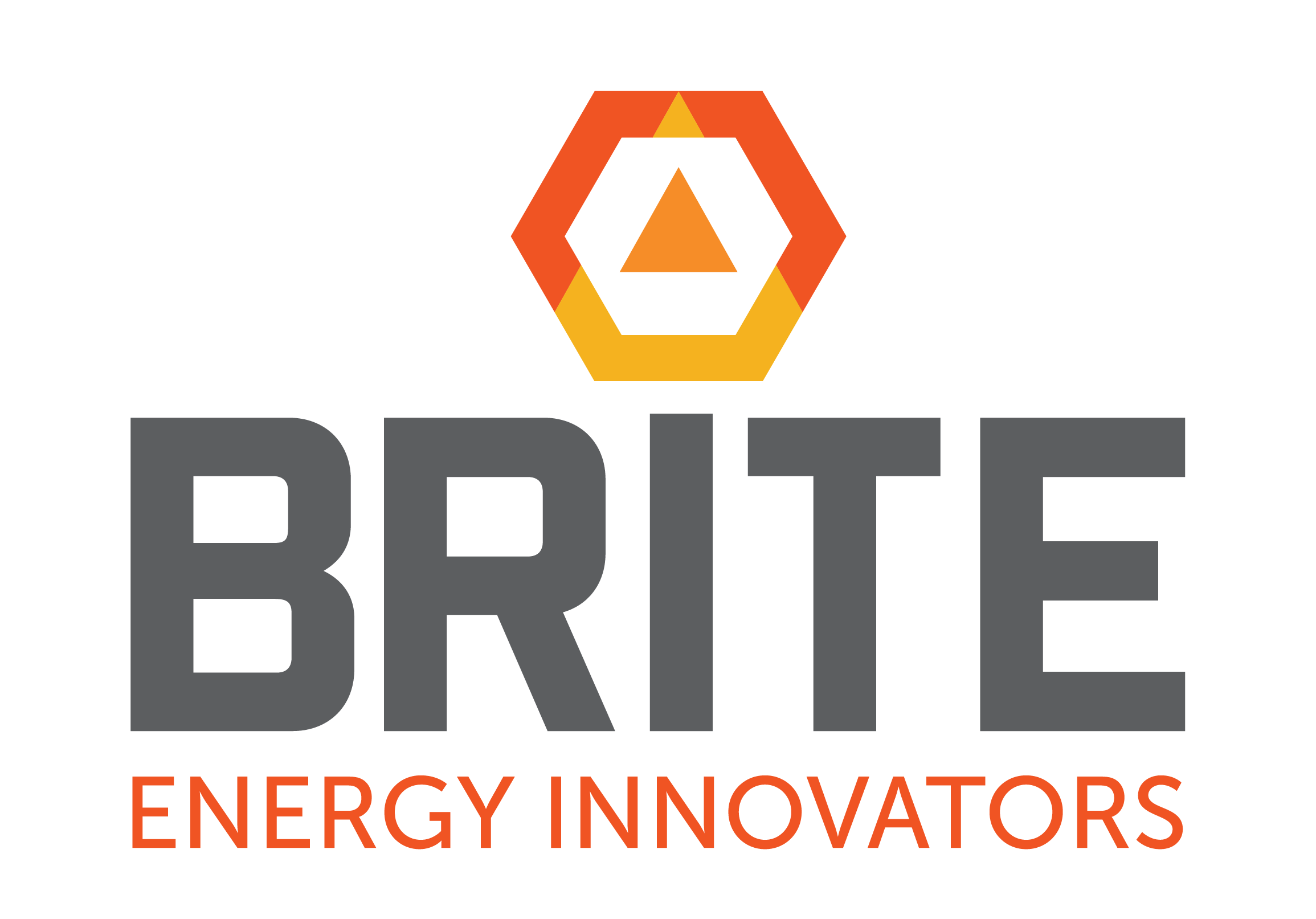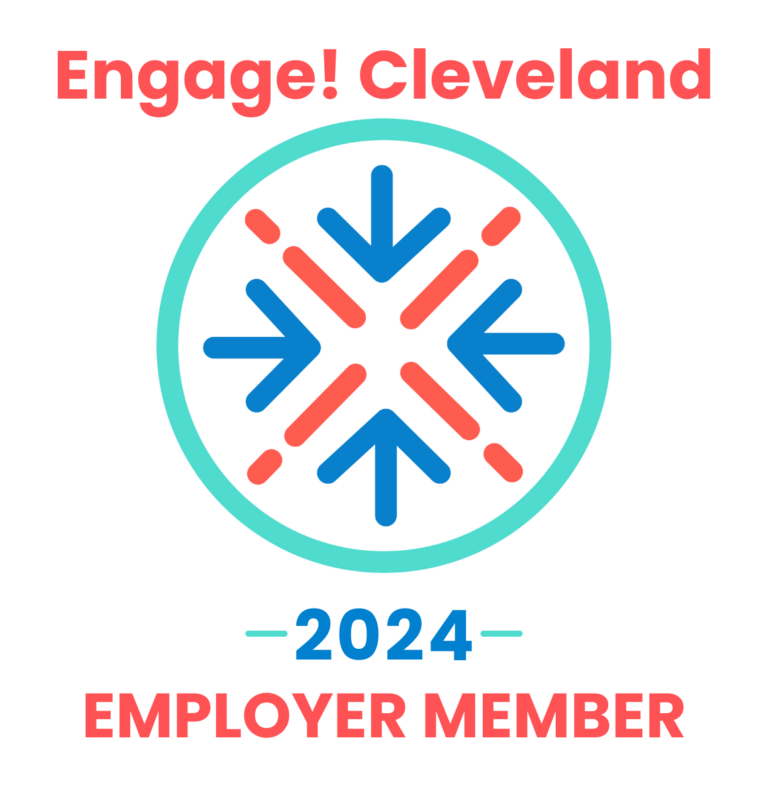BRITE is highlighted for battery technology initiatives in the article, “Getting back to our roots: Why the Midwest Needs to (Re)Invest in Mobility” by Midwest Startups.
The mobility industry has been evolving quickly, driven not only by technological improvement, but also by economic and social changes such as urbanization, consumer behavior changes, and environmental initiatives. In the past decade, 3,000+ startups were founded in the mobility vertical in North America. In 2021, mobility startups have raised $79.6 Billion, according to Pitchbook. Nationwide’s venture capital team has been seeing opportunities across Connectivity, Autonomy, Shared mobility, and Electrification (C.A.S.E). We believe these are four pillars of the future of mobility.
Connectivity would be a key enabler of the mobility ecosystem. Beyond communication and entertainment, connectivity enables drivers and passengers greater access to emerging add on services furthering the mobility ecosystem such as:
• Location-based services (Zohr, RepairSmith, RentalMatics)
• Insurance (Nationwide SmartRide, Noblr)
• Banking (Car IQ).
Connectivity between devices and the cloud will get stronger, allowing for more applications to be built upon data platforms such as Weijo and with infrastructure such as Smartcar. Connectivity also enhances infrastructure so that traffic management becomes smart, efficient, and easier (NoTraffic, etc).
In our opinion, the commercial side of the mobility market will continue to be the early adopters of many of these technologies. The recent electronic logging devices (ELD) mandate helped foster the adoption of connectivity, leading to opportunities beyond compliance. Examples are fleet operation management (samsara, Auto Fleet), safety management (lytx, Nauto, Idelic), and telematics-based fleet insurance (HDVI). We also believe commercial is the lower hanging fruit for autonomous technologies commercialization and help accelerate the adoption of electric vehicles. Thus, achieving a critical scale on the commercial side is the foundation/key for applications to expand to consumer adoption.
With the hypothesis that the commercial side will be the first to adopt and develop these technologies, what are needed to accelerate the evolution, and what role can the Midwest play? Midwest has the legacy, the talent, and the innovation.
The Midwest has a long tradition of leading the nation in innovating on logistics, which is the foundation of the early commercial use case of many of these technologies. In the 1800s, the Midwest was the rust belt. The region supplied coal, oil, and steel to the rest of the country. These industries were the lifeblood of the main mode of transport at the time, railroads. Eventually, the main mode of transportation and logistics became the automobile. The Midwest is doing this again, by being the hub for many logistics companies, OEMs, and automotive factories. Some examples include Amazon, UPS, FedEx, the re-shoring of old industries like chips/semiconductors, and Michigan’s renewed focus on electric vehicles. Such a logistics network is a good place to start testing and deploying new technology.
Innovation needs talent. The corporations enabling the early adoption of such technologies need not only new tech talent provided by the various universities but also experienced automotive and logistics talent. The Midwest has this covered. Our large universities, Carnegie Mellon, Michigan, OSU, etc, with great engineering and coding programs, are churning out not only quality talent but quantity. Business schools- OSU fisher, University of Chicago Booth, Northwestern Kellog, Indiana- Kelly, all have great business talents to play roles in technology commercialization. The Midwest’s rich automotive history left its mark on the talent that still exists in cities such as Detroit. Combining the new tech-savvy recent graduates with the institutional knowledge of the older generation, mobility startups can have good resources and networks to kick off their development.
Lastly, we have the support organizations to leap into mobility. SMART Columbus initiative won a $50 Million US Department of Transportation grant to help fuel the implementation of smart transportation and be the model city for the future of mobility. In late 2018, Smart Columbus partnered with DriveOhio and May Mobility to launch the Smart Circuit, the city’s OG self-driving shuttle. Another group in Ohio, BRITE of Warren OH, supports new battery technologies that will be needed to power the technologies of the future. Not far from a drive from Ohio, Chicago has made connectivity a priority in their city’s agenda. The recent Array of Things project implemented hundreds of sensors across the city to not only allow for greater connectivity but also data collection to help inform the city where the problems exist.
Read the entire article by Midwest Startups here.



